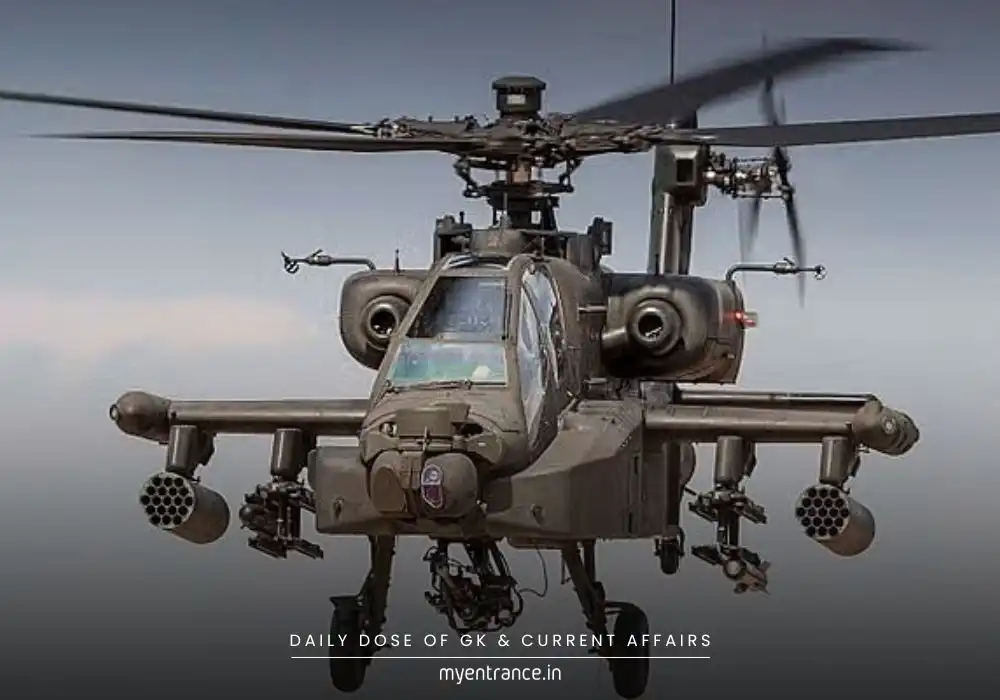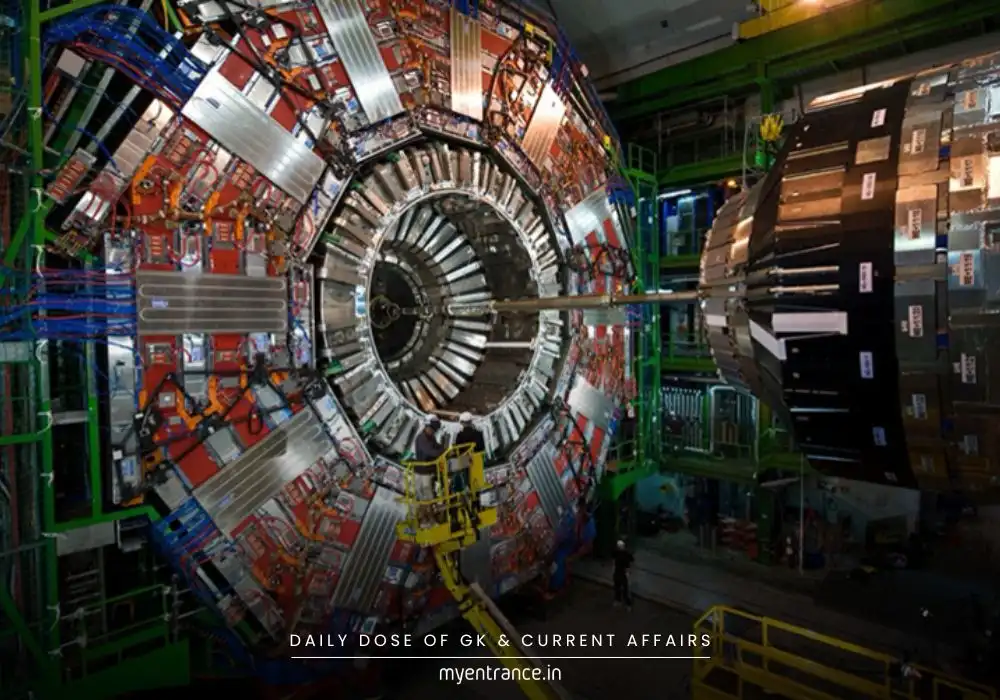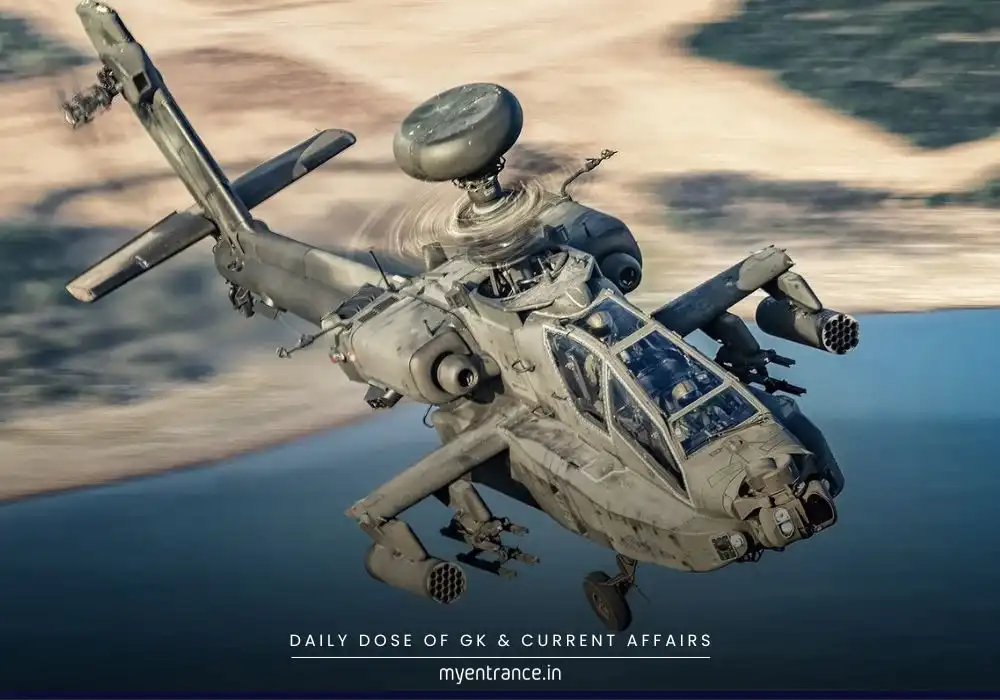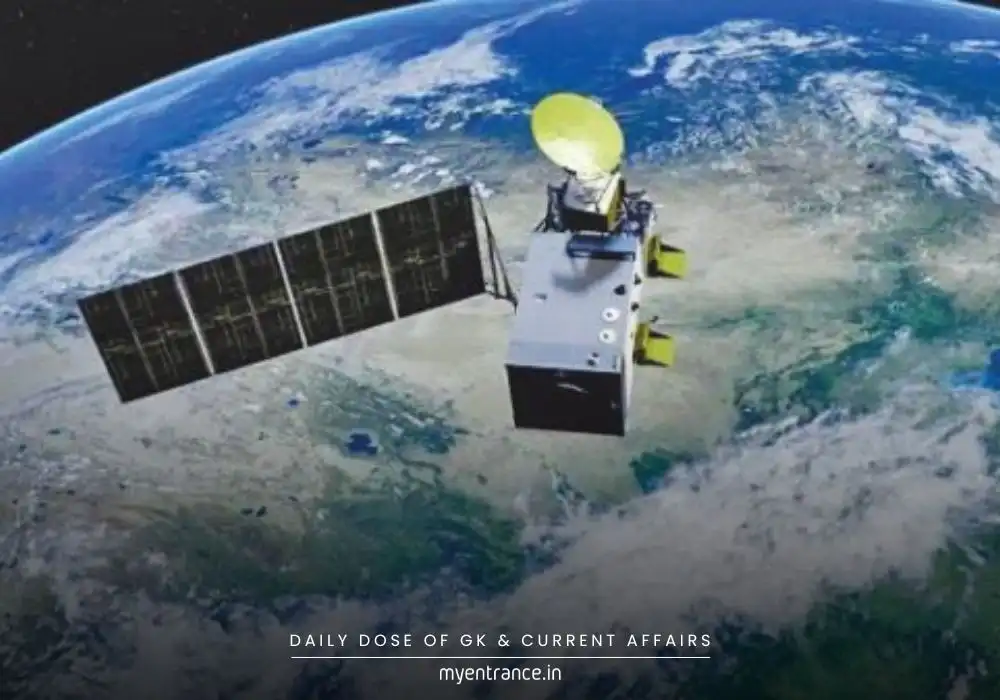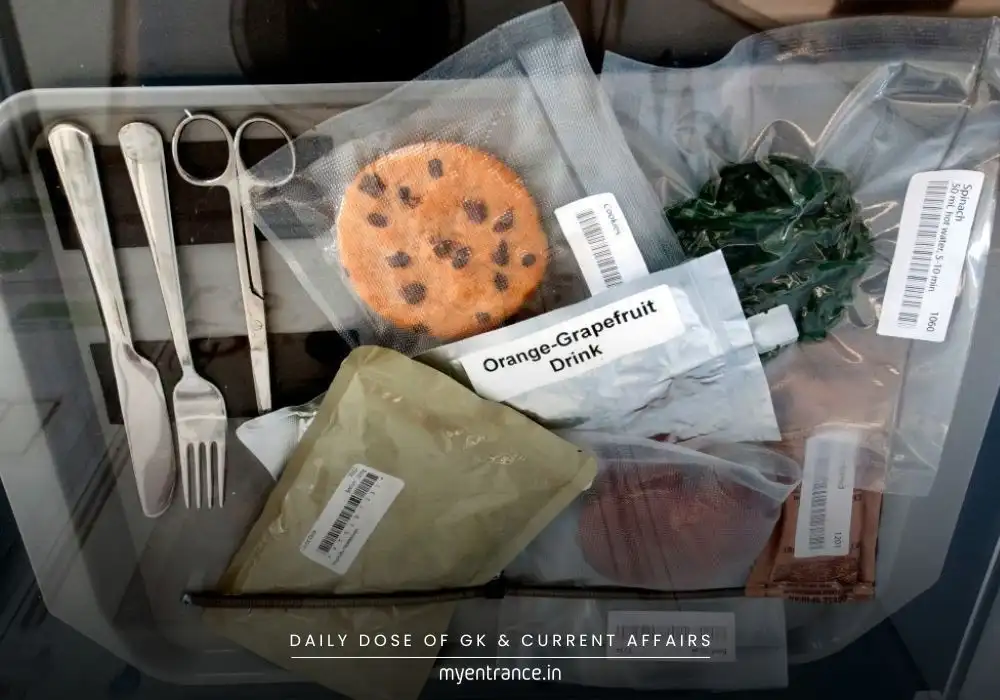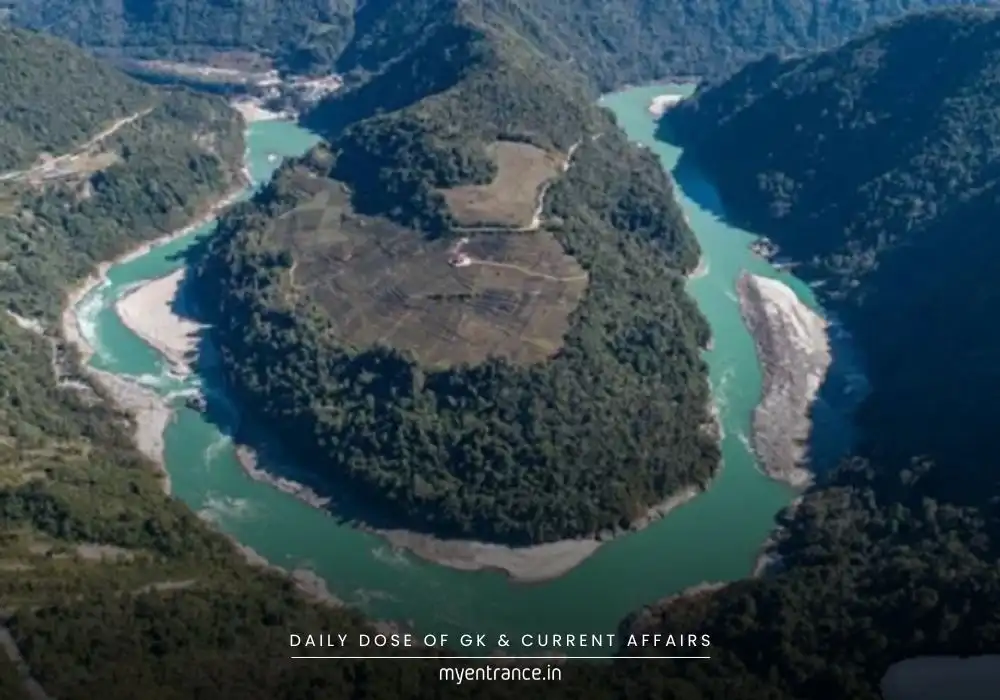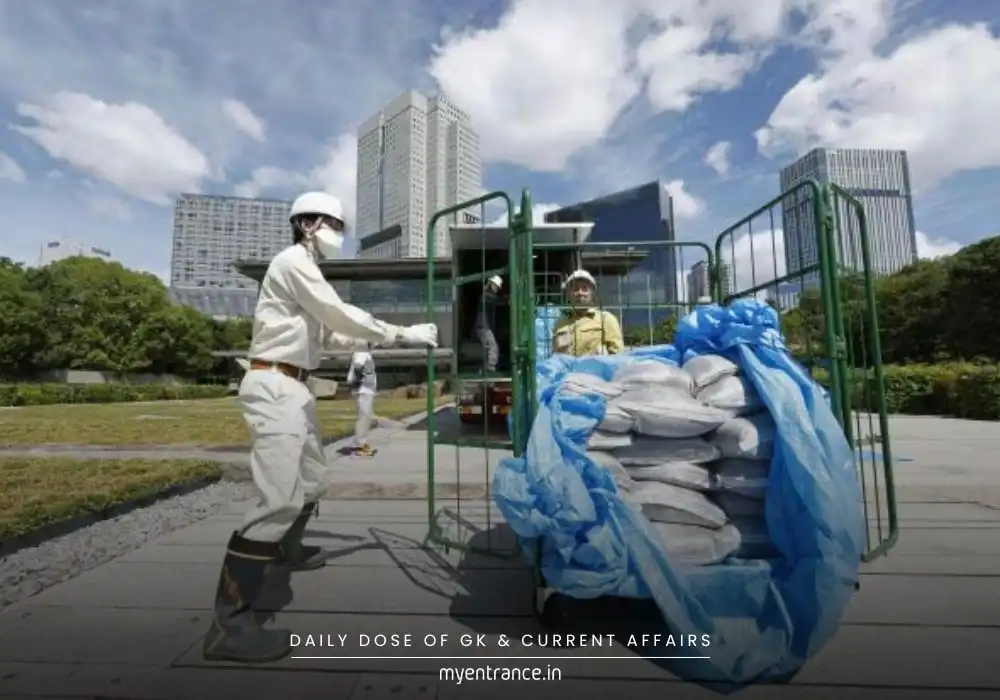Translate Language
Falcon 9 Launch Aborted: What Are The Key Uses of Falcon 9
SpaceX halted a high-stakes Falcon 9 rocket launch merely 11 seconds before ignition, postponing SES’s mission to expand global internet coverage. This incident highlights SpaceX’s rigorous safety protocols and Falcon 9’s role in modern space infrastructure—key topics for competitive exams.
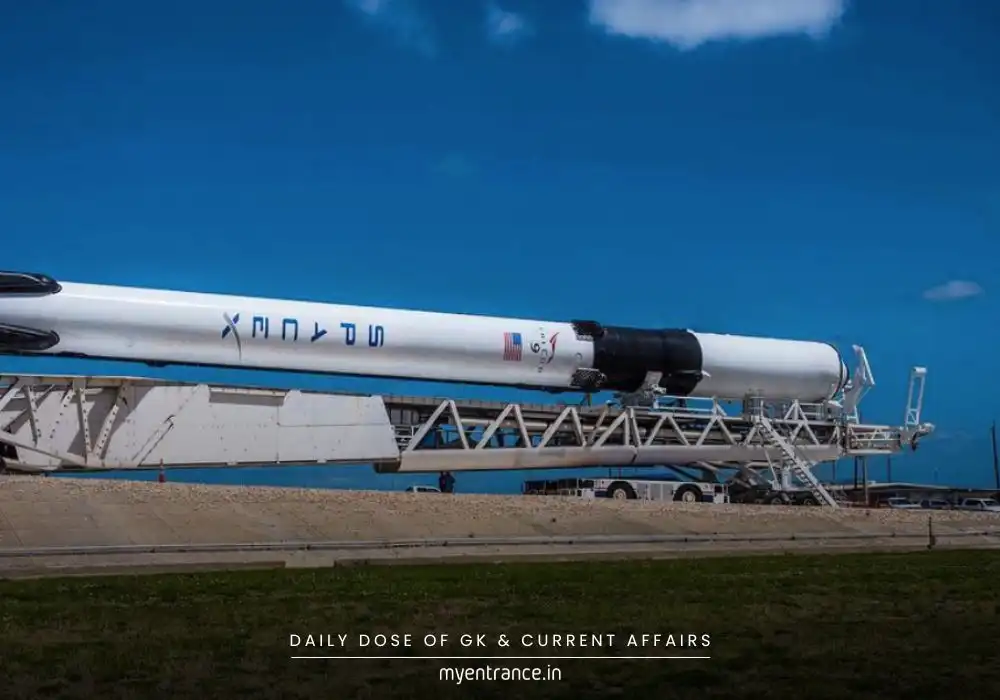
Falcon 9: The Workhorse of Modern Space Missions
What Happened to Falcon 9?
In a tense moment on Monday evening, SpaceX called off the launch of a Falcon 9 rocket at Cape Canaveral just 11 seconds before scheduled liftoff. The mission, commissioned by Luxembourg’s SES, aimed to deploy two advanced O3b mPOWER satellites designed to enhance internet connectivity worldwide. Despite a 90-minute backup window, SpaceX canceled the attempt for the day, citing “unfavourable conditions” without detailing the cause—though weather was only 20% favorable.
What is Falcon 9?
The Falcon 9, developed by Elon Musk’s SpaceX, is a reusable, two-stage rocket that revolutionized space travel. Unlike traditional rockets (discarded after one flight), Falcon 9’s first stage can land back on Earth for refurbishment—slashing costs and enabling frequent launches.
Key Uses of Falcon 9:
Satellite Deployment: Launches commercial, scientific, and government satellites (like SES’s internet satellites).
Space Station Resupply: Delivers cargo and experiments to the International Space Station (ISS) for NASA.
Crewed Missions: Transports astronauts to the ISS under NASA’s Commercial Crew Program.
Constellation Projects: Deploys SpaceX’s Starlink satellites to provide global broadband internet.
Deep Space Missions: Sends probes to orbit and beyond (e.g., NASA’s DART asteroid mission).
The SES Mission & Next Steps
The delayed O3b mPOWER satellites are part of SES’s constellation to deliver high-speed, low-latency internet to remote and underserved regions. SpaceX has already launched all eight currently operational satellites in this series. Once completed, the 13-satellite network will support enterprise and humanitarian connectivity.
SpaceX rescheduled the launch for July 22, streaming it live on their website and social media. Success hinges on Florida’s unpredictable weather and seamless system checks.
Q&A for Competitive Exams
Q1: What is the primary innovation of SpaceX’s Falcon 9 rocket?
A1: Falcon 9’s first stage is reusable, landing vertically for refurbishment—reducing launch costs by ~70%.
Q2: Why was SpaceX’s July 21 Falcon 9 launch aborted?
A2: SpaceX halted it 11 seconds pre-liftoff due to unspecified issues, though weather was only 20% favorable.
Q3: Which company’s satellites were aboard the delayed Falcon 9 mission?
A3: Luxembourg-based SES’s O3b mPOWER satellites, aimed at boosting global internet coverage.
Q4: How many satellites will SES’s O3b mPOWER constellation ultimately include?
A4: 13 satellites, scalable to provide low-latency broadband worldwide.
Q5: Name one key use of Falcon 9 besides satellite launches.
A5: Crew/cargo transport to the ISS or deploying Starlink internet satellites.
Get 3 Months Free Access for SSC, PSC, NIFT & NID
Boost your exam prep!
Use offer code WELCOME28 to get 3 months free subscription. Start preparing today!


